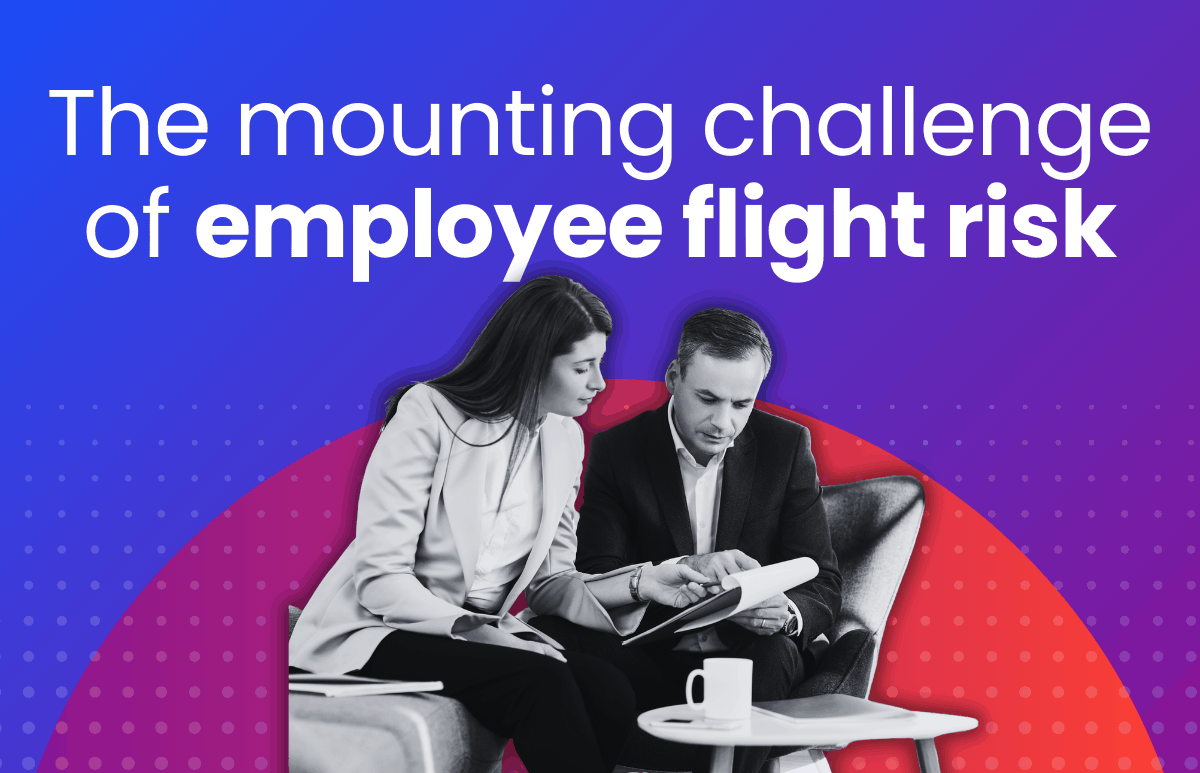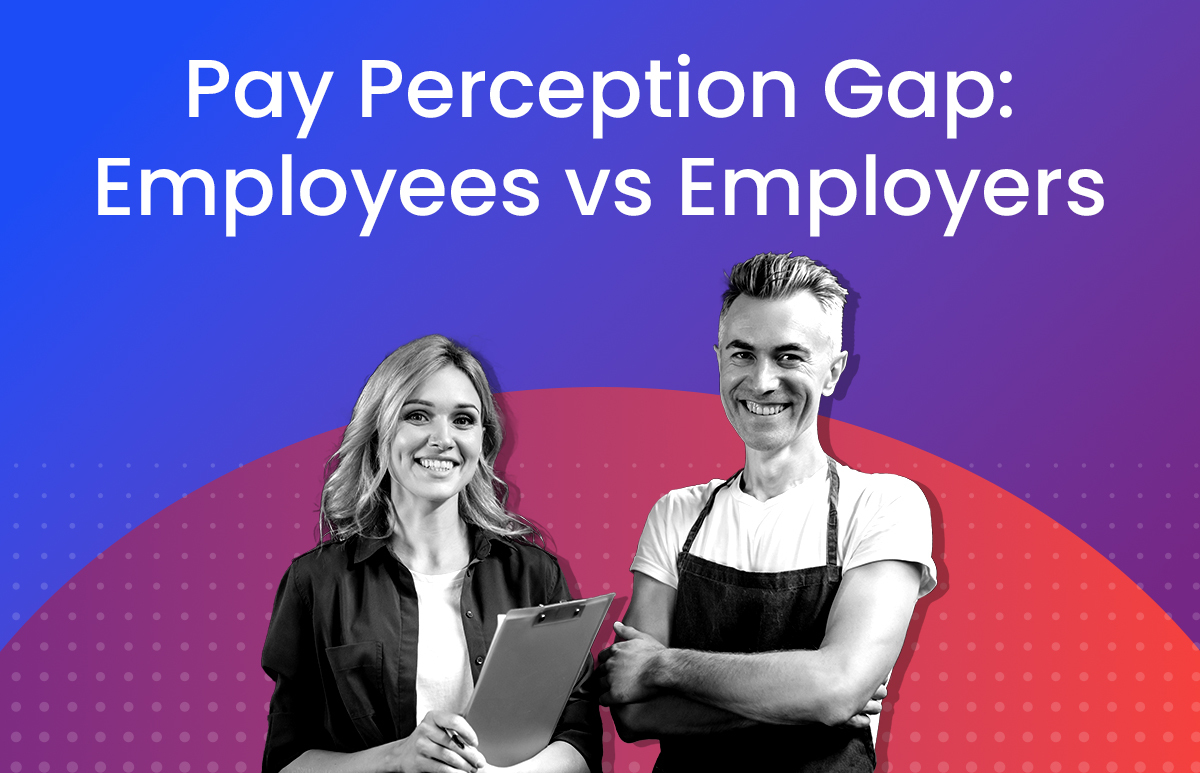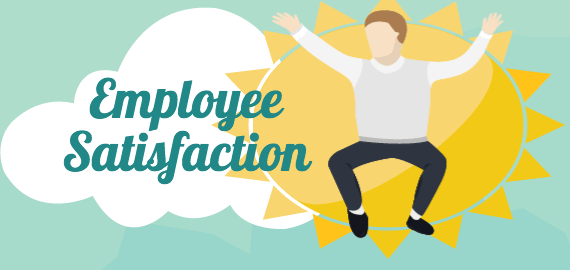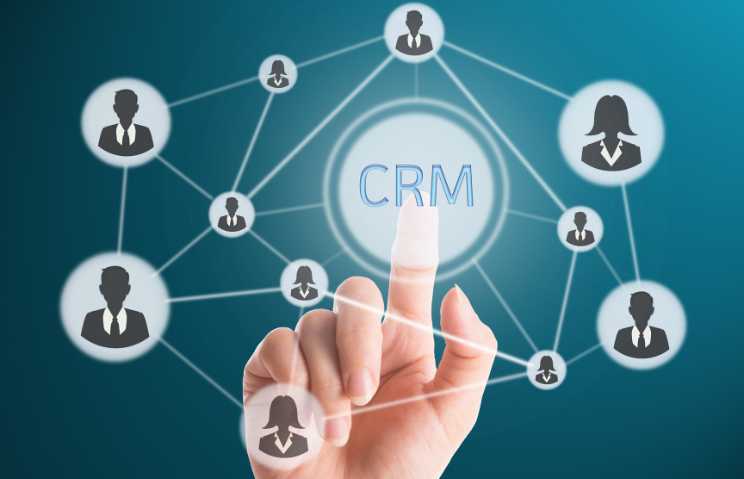Balancing Employee Wellbeing and Business Success

Why is employee wellbeing important?
Treating your employees fairly and doing your best to keep them satisfied is a necessity for business success. However, acting in the absolute best interests of your employees may sometimes be impossible. Especially during the COVID-19 crisis and the months beyond, difficult decisions may have to be made to keep a business afloat.
Employee wellness programs can be instrumental when it comes to building happy, healthy and productive workforces – as long as they address the four key pillars of wellness. These are financial wellness, emotional wellness, social wellness and physical wellness.
What is work-life balance?
Work-life balance refers to a healthy mix of professional and personal activities. An example of an employee having a poor work-life balance could be that they work 12-hour days and have little time to spend at home with their family.
Work-life balance directly impacts wellbeing. So, if an employee feels they do not have time to focus on personal activities such as spending time with their family, their physical and mental wellbeing may decline over time.
Thus, for employees to be productive, engaged and motivated, employers should encourage and demonstrate healthy work-life balance. For example, employees should take adequate lunch breaks away from their desk, not work too late in the day, and ensure weekends are (mostly) for down-time.
COVID-19 has proven interesting in relation to work-life balance. On one hand, employees have regained time in their day due to lack of commute into the office, therefore have more time to engage in personal activities. On the other hand, working from home blurs the line between work and leisure, meaning employees are finding it hard to “switch off” after a day of work.
The challenges of balancing employee wellbeing and business success
Below are several challenges that businesses may find themselves facing over the next few months, and how to work around them while prioritising employee wellbeing.
1. Stabilising revenue
Likely the biggest challenge stemming from the pandemic is its revenue impact on nearly all businesses. This has already resulted in many companies having to downsize or stand down employees. As businesses continue their attempts to stabilise revenue, decisions will continue to have to be made that may result in the termination of employment or the reduction of hours.
Stabilising revenue involves a series of complex decisions. However, one decision on the HR side that can mitigate impact on employees is being more flexible with employee roles. It may be beneficial to have employees temporarily undertake different tasks than for which they were hired. Focusing on eLearning and upskilling is the key to ensuring that employees can adapt quickly. This is especially critical if your company is hunting for new revenue streams.
2. Getting employees back into the office
There may be circumstances where employees don’t want to go back to the office due to fear of commuting, the convenience of staying at home or a plethora of other reasons.
Rather than approaching this issue with the goal of convincing the employee to return, it is more effective to understand the reasons behind their reluctance. Often, this can indicate a deficiency in office safety or comfort. Increasing signage, respecting social distancing rules, and targeted space creation can make the work environment more desirable for “reluctants”.
Another thing to consider is whether getting these employees back into office is truly necessary. Remember that there are specific groups under workplace laws who have the right to have their request for flexible work arrangements considered – so this can be used as an opportunity to create a more desirable flexible working option for all.
Outline what your team’s business / work goals are and understand if the employee can effectively and efficiently achieve those in the arrangement that works for them. In this case, communication is the key to finding an appropriate balance.
3. Adapting to changing regulations
Having a response strategy or contingency plan for changing regulations is critical. Notably, the recent decision by Australia’s Federal Court narrowing the definition of casual workers has the potential to negatively impact the employee/employer relationship in many companies. Many are concerned this will put small and medium businesses at a huge disadvantage, particularly in this turbulent period.
Although some companies will attempt to cut down on the regularity of casual workers’ hours in an attempt to bypass this new precedent, long-term casuals may actually cost more than permanent employees. Consider spending resources to develop a strategy for converting casuals to permanents.
When facing challenges that require putting employees’ roles at risk, the most important elements are transparency, communication and maintaining a sense of empathy. Using technology to track employee satisfaction against different issues may mean a world of difference when it comes to decision-making, and could be the deciding factor in maintaining your reputation as an employer.
ELMO Software is a cloud-based solution that helps thousands of organisations across Australia, New Zealand and the United Kingdom to effectively manage their people, process and pay. ELMO solutions span the entire employee lifecycle from ‘hire to retire’. They can be used together or stand-alone, and are configurable according to an organisation’s unique processes and workflows. Automate and streamline your operations to reduce costs, increase efficiency and bolster productivity. For further information, contact us.
 HR Core
HR Core 









